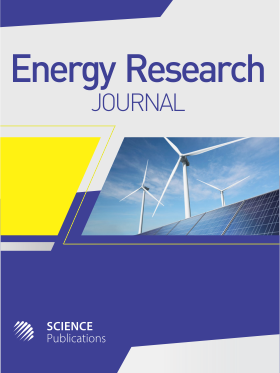An Automatic Incubator
- 1 Mahasarakham University, Thailand
Abstract
The designing of an automatic incubator consists of three main parts. The first part is a mathematical model of an incubator. Thermo-physical properties of selected materials were substituted to investigate its heat transfer characteristics. The second part is the consideration of equipment used to measure and control temperature and humidity. The last part is to select the controller for an inclined egg tray. In this study the incubator was designed to incubate 30 eggs each time. The dimension of incubator cabinet was 0.47×0.48×0.41 m. Within the incubator cabinet, the temperature of 37°C and humidity of 60% RH was set. Inside wall made from Zinc sheet and outside wall made from Acrylic plastic sheet. Insulation was plywood. Four lamps of 60 Watt halogen were selected as a heat source. Inside cabinet, two little fans were installed for air ventilation. An AP 104 board received input signals from thermocouple type K and connected to a relay. This board utilized for measuring and control temperature and humidity. To control the angle of the inclined egg tray, a limit switch was used. From testing the measuring and control system without egg, the results shown that measuring and control system gave high accuracy. From incubation experiments of the hatching eggs, the average of the chick biddy hatched 81.665%.
DOI: https://doi.org/10.3844/erjsp.2011.51.56

- 7,677 Views
- 12,388 Downloads
- 4 Citations
Download
Keywords
- Incubator
- hatching
- hatching egg
- temperature control
